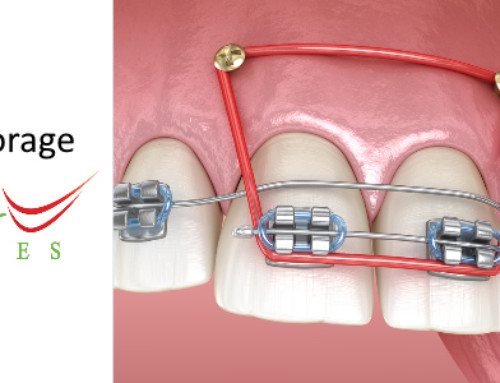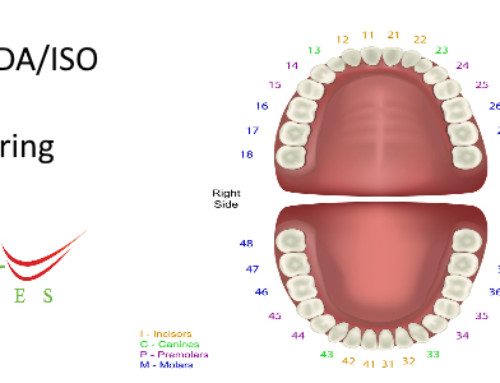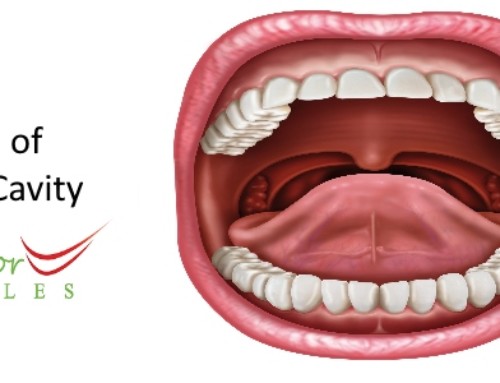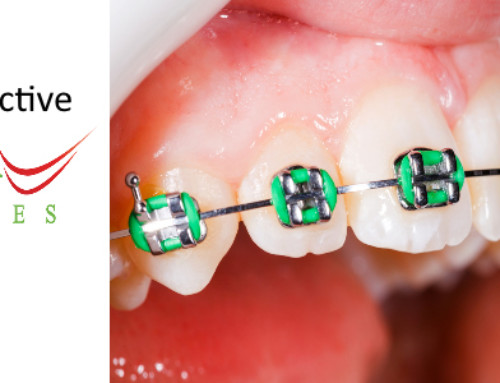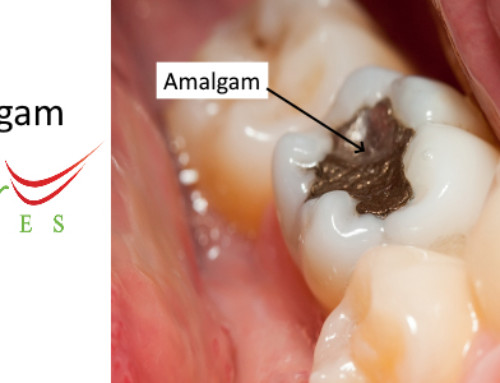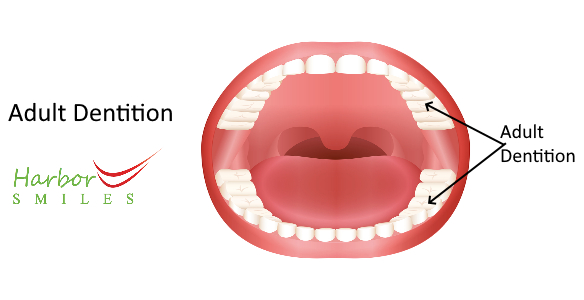
The adult dentition consists of 32 teeth, with 16 teeth each arch. It consists of two incisors, a canine, two premolars, and three molars beginning at the midline. Permanent teeth, pearly whites, or just teeth are all terms used to describe adult dentition.
Table of Contents
What age does Adult Dentition begin?
People are born with 20 primary teeth, which emerge at 6 months old. Primary teeth fall out at various stages of childhood. Adult dentition appears at the age of 21.
What Adult Dentition appears last?
The third molars, often known as wisdom teeth, are the final permanent teeth to emerge, usually between the ages of 17 and 20. At least 90% of 20-year-olds have at least one wisdom teeth that has not erupted or has erupted only partly. Wisdom teeth might continue to erupt until the age of 30.
What causes Adult Dentition to fall out?
The following are the most typical reasons of adult dentition loss:
- Trauma or an accident to the teeth, face, or gums, such as a vehicle accident or sports injury
- Periodontitis or oral cancer
- Poor dental hygiene and microorganisms cause tooth damage or decay, which leads to tooth loss.
- smoking
What are the four kinds of Adult Dentition and their roles?
Permanent teeth are classified into four types:
- Incisor teeth
- Canines
- Premolars
- Molars
What are the Adult Dentition nonsuccedaneous teeth?
The molars are the nonsuccedaneous teeth in permanent dentition. Molars do not take the place of baby or primary pearly whites. The general dental lamina are from permanent molars.

